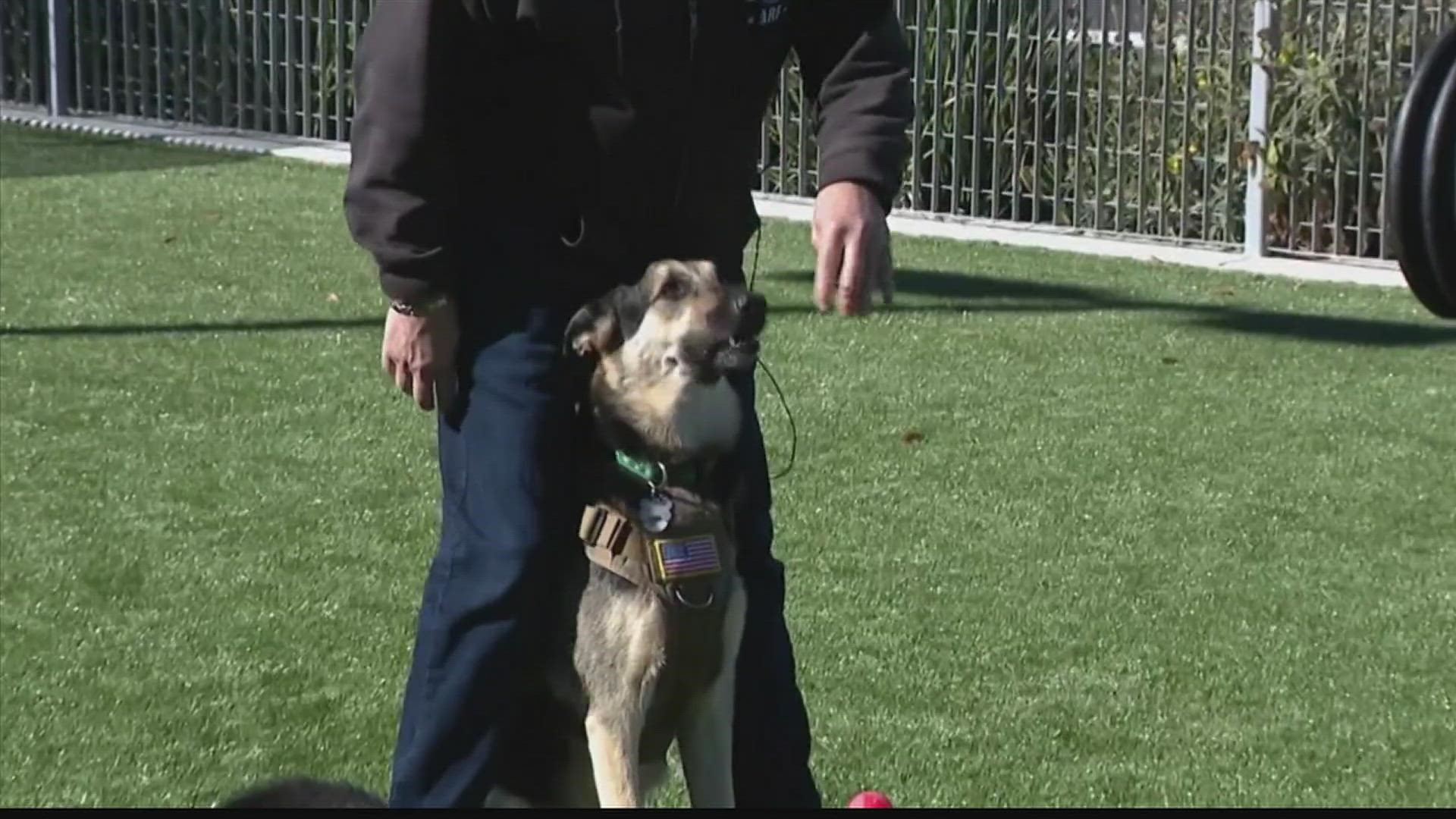HUNTSVILLE, Ala. — Working dogs come in many shapes and sizes. Oftentimes they have very specific jobs. But with an increase in people buying fake vests, licenses and certifications to pass their furry friends off as legitimate service animals, it may be hard to spot a real service dog from a fake one.
"You have people who go online and buy a vest that says 'service dog," explained Margie Wiesman, founder and instructor at Island Dog Training of Huntsville. "You have people walking into stores with dogs who are inappropriate, who are barking, who may defecate, who do all kinds of things that a service dog would never do."
To learn more about the problem in simply dressing any dog in service animal gear, it's important to know about the basic differences between the main types of working dogs.
"Training requirements are very different between the three groups," explained Laurel Rose, CPDT-KA, owner of Such a Good Dog Training, also in Huntsville. "Emotional support dogs need no training. They don't really have any legal rights other than lodging."
Emotional support dogs are not legally allowed to accompany their handlers publicly. They are often not trained for the variousl kinds of social interactions with the general public that service dogs do. Therapy dogs, also known as facility dogs, have that training, but their primary purpose is to provide comfort to many others under the direction of a handler.
"Therapy dogs belong to a person and they are trained and they visit in hospitals, rehab centers, and schools," Wiesman added.
Service dogs are legally allowed to accompany handlers in public places. They are specially trained to perform tasks that mitigate a handler's disability, legally allowed to fly in the cabin of an airplane with their handler, must be specially trained and desensitized to certain environments, and are legally allowed to live in housing that otherwise has a no-pet policy.
"They require usually anywhere from a year and a half to two years of training," said Rose. "They're trained to do specific tasks for a person's specific disability, and they're very hard to come by."
When people try to pass off their untrained dog as any kind of working dog, it further blurs the line between what's real and what's fake. In the long run, that hurts those who genuinely need service dogs the most.
"We are 100% dependent on people doing the right thing," said Rose. "If your dog's not a trained service dog and has passed the public access test, don't try to pass them off."
"People don't know who's real and who's not real," said Wiesman. "If we keep allowing people to do that, then the laws are going to change and it's going to be impossible for people to do their own service dog training, which is what they can do now."

